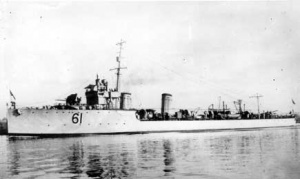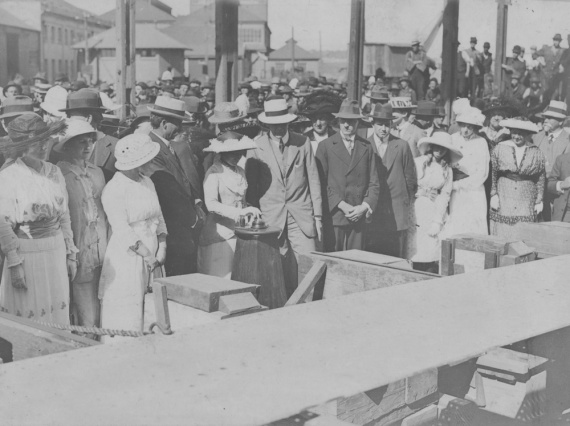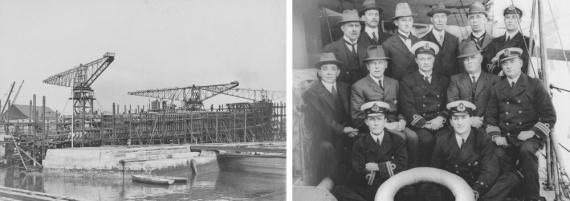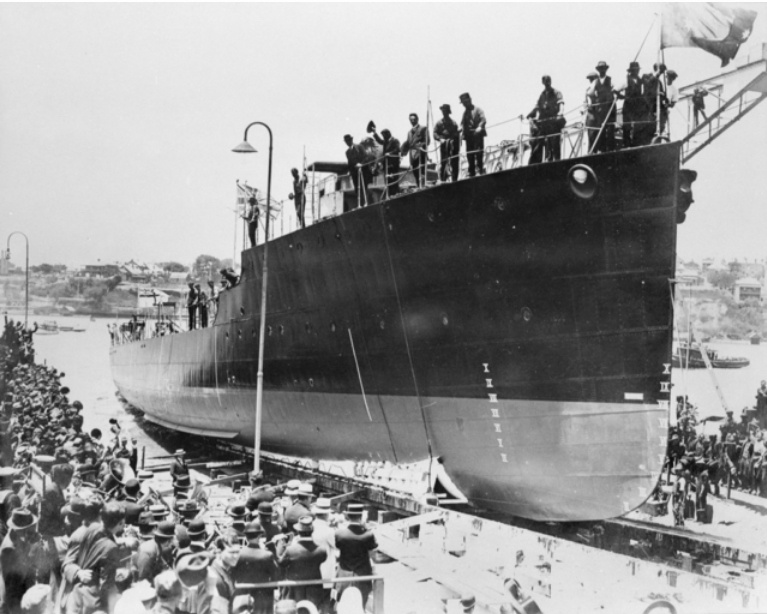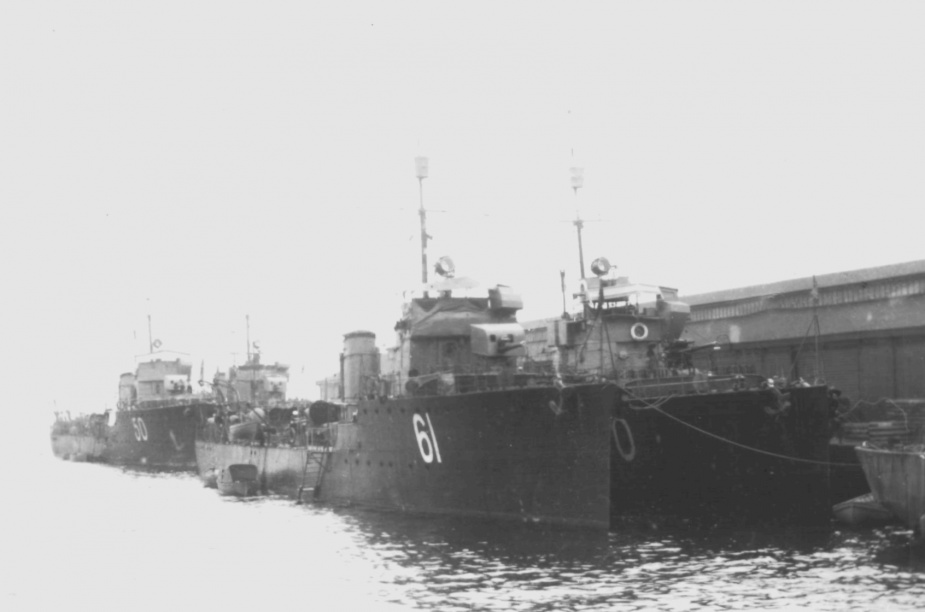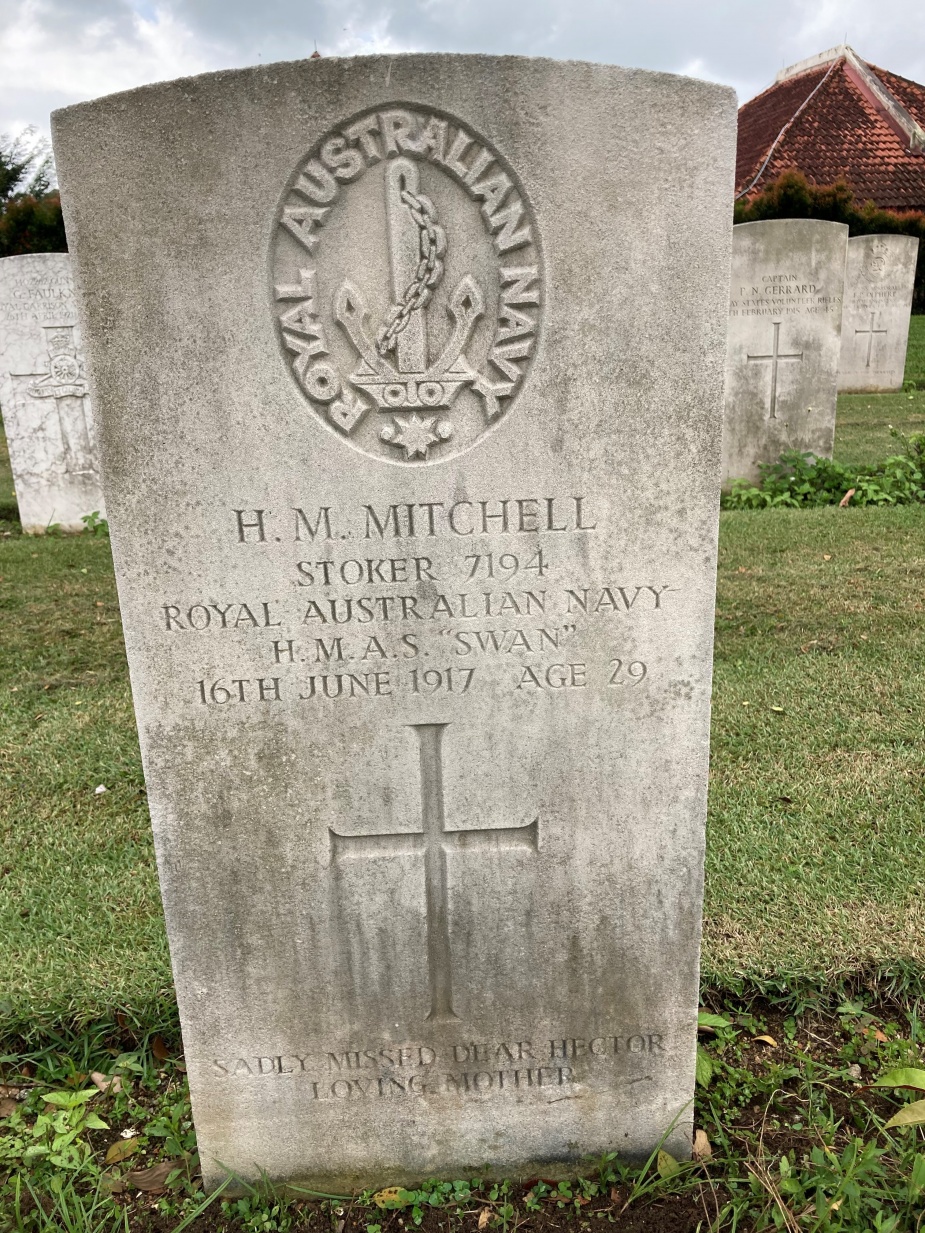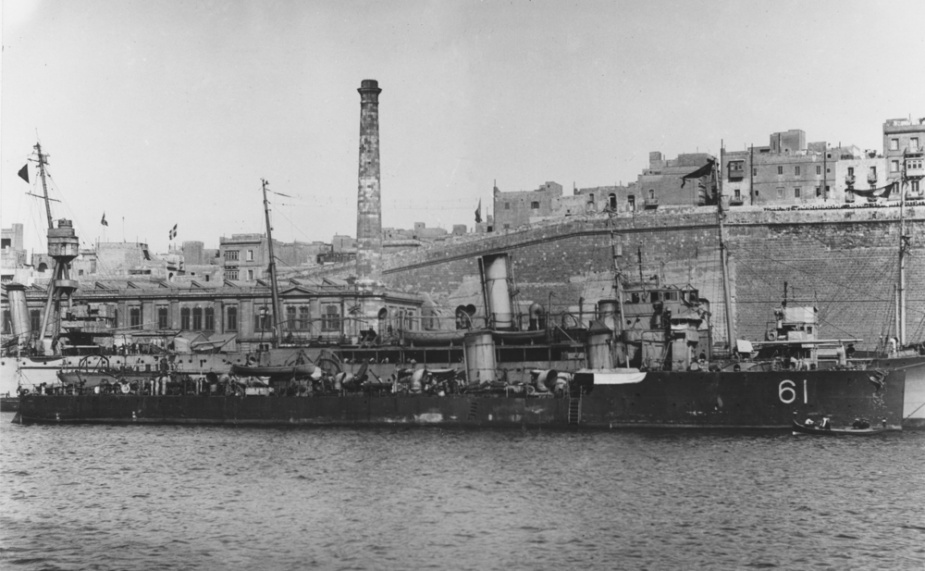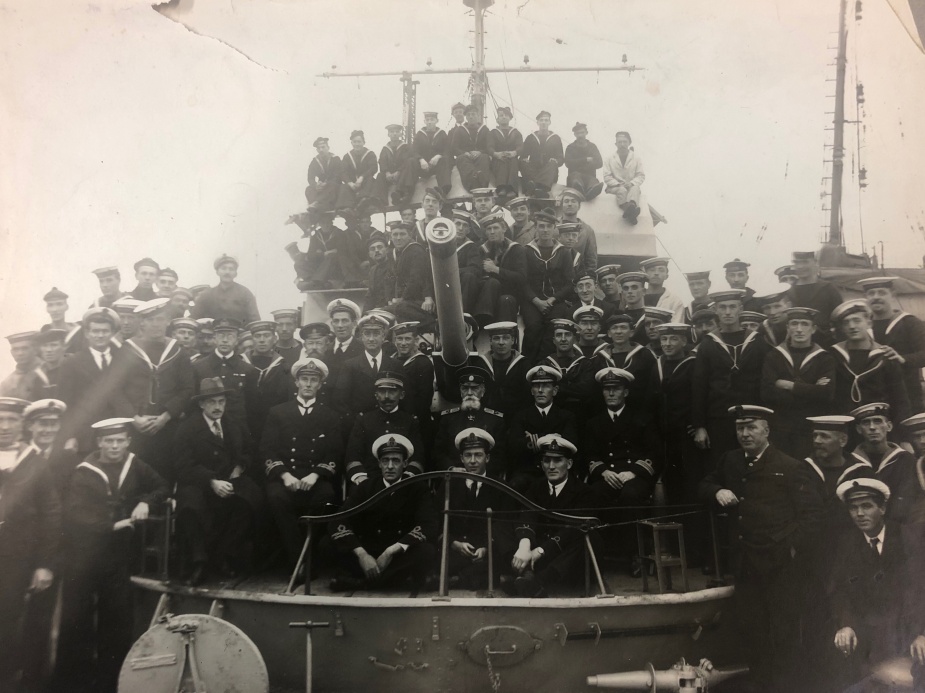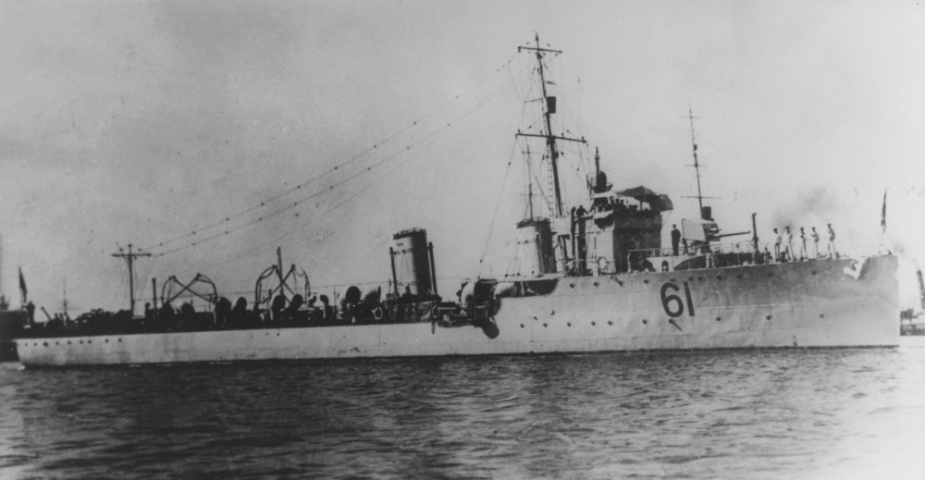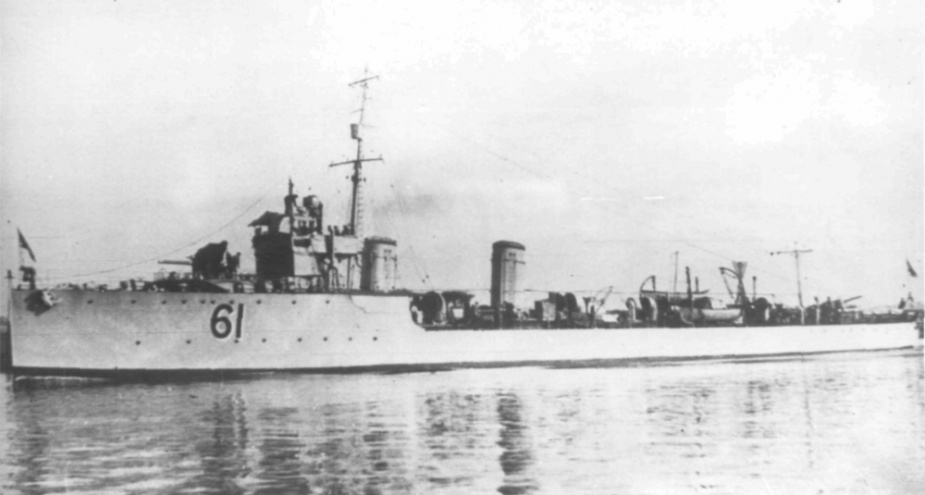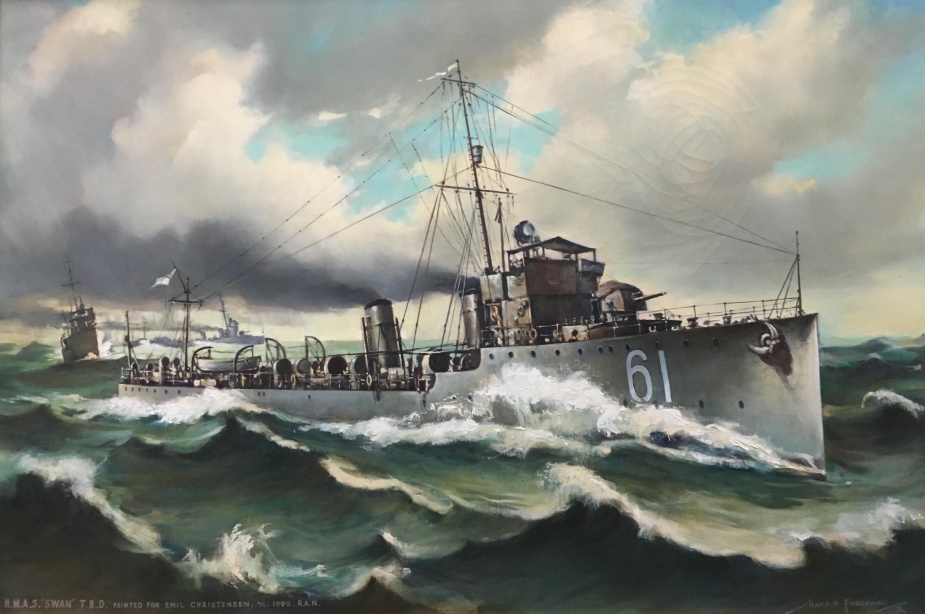HMAS Swan (I)
HMAS
Swan
(I)
| Class |
River Class |
|---|---|
| Type |
Torpedo Boat Destroyer |
| Pennant |
D61 |
| Builder |
Cockatoo Island Dockyard, Sydney |
| Laid Down |
22 January 1915 |
| Launched |
11 December 1915 |
| Launched by |
Lady Creswell, wife of the first Naval Member |
| Commissioned |
16 August 1916 |
| Decommissioned |
15 May 1928 |
| Dimensions & Displacement | |
| Displacement | 700 tons |
| Length | 250 feet 9 inches |
| Beam | 24 feet 3 inches |
| Draught | 8 feet |
| Performance | |
| Speed | 26 knots |
| Complement | |
| Crew | 66 |
| Propulsion | |
| Machinery | Parsons turbines |
| Horsepower | 10,600 |
| Armament | |
| Guns |
|
| Torpedoes | 2 x 18-inch torpedo tubes |
| Awards | |
| Battle Honours | |
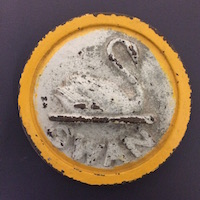
HMAS Swan was one of six River Class torpedo boat destroyers built for the Royal Australian Navy between 1909 and 1916. During the First World War they formed the Australian Destroyer Flotilla. Her sister ships were HMA Ships Huon (I), Parramatta (I), Torrens (I), Warrego (I) and Yarra (I).
HMAS Swan was laid down at Cockatoo Island Dockyard, Sydney, NSW on 22 January 1915. She was launched by Lady Creswell on 11 December 1915 and was completed on 3 July 1916.

